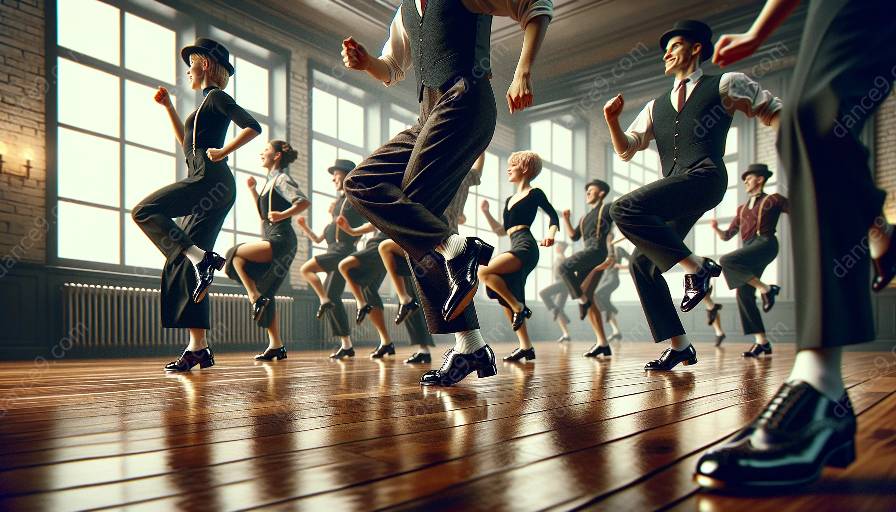Gender Dynamics in Tap Dance
Tap dance is an art form that has a rich history intertwined with gender dynamics. From its origins in African American culture to its evolution into a popular dance style, the role of gender has played a significant part in shaping tap dance as we know it today. In this comprehensive topic cluster, we will delve into the intricate relationship between gender and tap dance, exploring its impact on dance classes and the community at large. We will examine the historical context, challenges, and evolution of gender roles within tap dance, and how these dynamics continue to shape the art form and influence dance education.
The History of Tap Dance and Gender
Tap dance originated in the African American communities of the United States, where it served as a form of expression and communication. In its early days, tap dance was performed in social gatherings and was a means of storytelling and cultural preservation. However, gender dynamics played a pivotal role in shaping the development of tap dance. Women were often marginalized in the tap dance community, as the art form was predominantly male-dominated. Despite this, there were notable female tap dancers who broke barriers and contributed to the evolution of tap dance, such as Ruby Keeler and Eleanor Powell, who showcased their skills and defied traditional gender roles in tap dance.
Challenges and Opportunities in Gender Representation
The gender dynamics in tap dance have presented both challenges and opportunities for individuals pursuing this art form. Traditional gender roles and stereotypes have influenced the way tap dance has been taught and practiced, with certain movements and styles being associated with specific genders. However, contemporary tap dancers and educators are challenging these norms by promoting inclusivity and diversity in their classes. By actively addressing gender dynamics, dance classes become more welcoming and accessible to students of all genders, fostering a supportive and inclusive learning environment.
The Evolution of Gender Roles in Tap Dance
As society has evolved, so too have the gender dynamics within tap dance. Modern tap dancers are redefining traditional gender norms through their performances and choreography, embracing fluidity and expression beyond the constraints of gender. This evolution has led to a greater acceptance of diverse gender identities within the tap dance community, reflecting a more inclusive and progressive approach to the art form. In dance classes, this evolution allows for a more authentic and diverse representation of tap dance, inspiring students to explore their creativity and express their unique identities through the art of dance.
Impact on Dance Classes
Gender dynamics in tap dance have a direct impact on dance classes, influencing the way students are taught and encouraged to express themselves. By understanding and addressing these dynamics, dance educators can create an environment that empowers students of all genders to explore tap dance freely and authentically. This inclusive approach not only fosters a sense of belonging for students but also contributes to a more dynamic and vibrant tap dance community overall.
Conclusion
Gender dynamics in tap dance have played a significant role in shaping the art form and continue to influence the way it is taught and perceived in dance classes. By acknowledging the history, challenges, and evolution of gender roles within tap dance, we can work towards creating a more inclusive and supportive environment where dancers of all genders can thrive. As the tap dance community continues to evolve, embracing diversity and celebrating individual expression will undoubtedly enrich the art form and inspire future generations of tap dancers.













































































